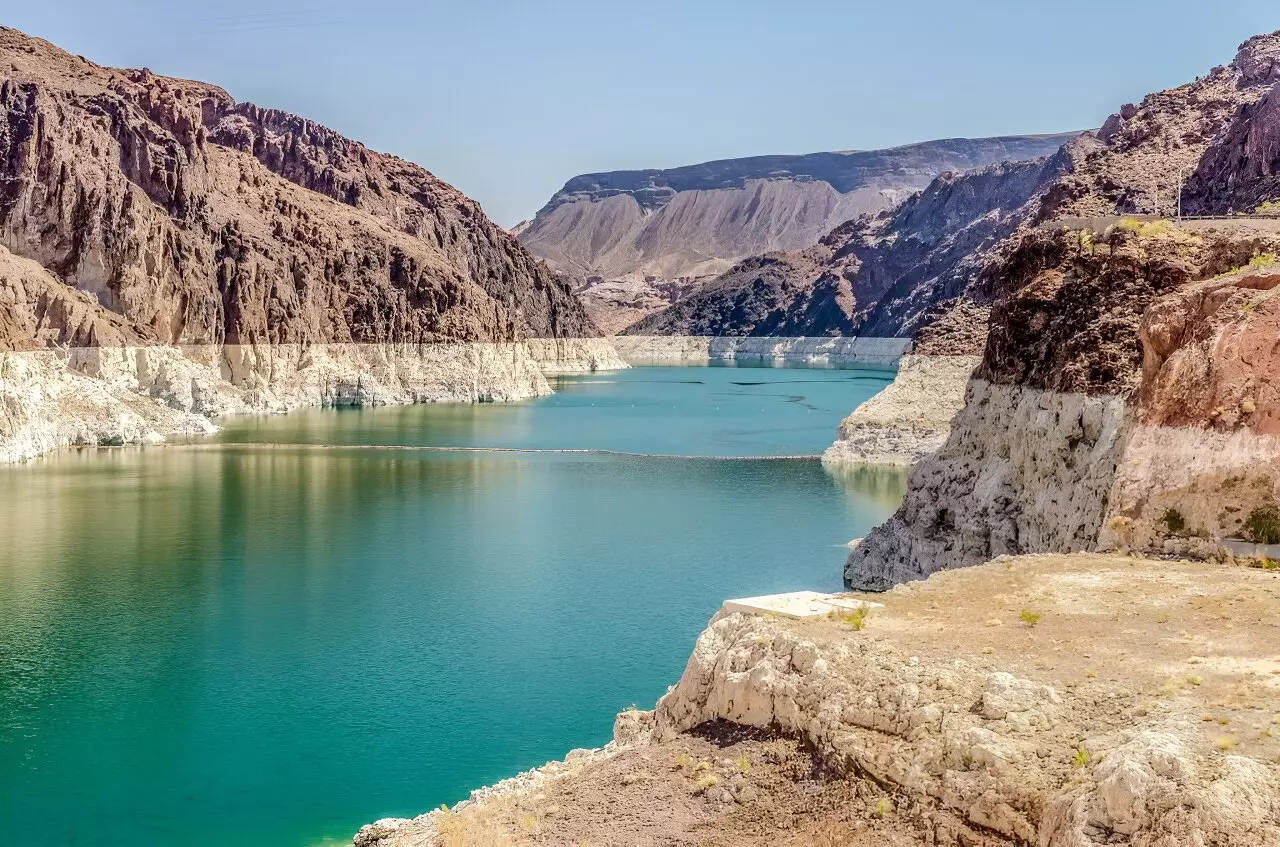In recent decades, major reservoirs across the United States have begun to reveal troubling trends regarding water storage. A comprehensive study highlights a marked increase in the duration, intensity, and unpredictability of low water levels in these vital resources. While the Western and Central regions of the U.S. are the most affected, the implications extend to reservoirs in the East as well. The growing inconsistency in water storage not only threatens water management strategies but also poses significant challenges for communities relying on these resources.
Vulnerability of Reservoirs in a Changing Climate
As natural water sources like snowpack decline and groundwater depletes, the reliability of human-built water storage systems becomes increasingly crucial. Prolonged drought conditions have already had dire consequences: significant water-use restrictions were implemented across the Southwestern United States due to dwindling supplies in Lakes Mead and Powell, particularly during the past two decades. This study, featured in the journal *Geophysical Research Letters*, emphasizes that water storage systems must adapt to new environmental realities, underscoring the growing vulnerability of these reservoirs to climate change.
Multiple factors contribute to the decreasing reliability of water storage systems. Prolonged droughts, increased water withdrawals, and sediment accumulation behind dams are at the forefront of this crisis. These variables affect each reservoir differently, creating a mismatch between the design operational parameters and current environmental conditions. The study’s lead researcher, hydrologist Caelan Simeone, expressed concern about how the evolving landscape of climate change is challenging our understanding of reservoir functionality.
Historically, much of the research surrounding reservoirs has been regional or localized, limiting the broader understanding of their functionality across the entire nation. This study sought to bridge that gap by analyzing data from 250 large reservoirs, covering water levels from 1981 to 2020. The findings revealed that while reservoirs in arid Western regions experienced longer periods of low storage—something anticipated—similar trends also appeared in otherwise wetter areas such as the Pacific Northwest and the Southeast. This indicates a deeper, more systemic challenge facing the nation’s water resource management practices.
A startling aspect of the study is the observation that most reservoirs have not only been struggling with periods of low storage but have also experienced an alarming decrease in their maximum water storage capacity. Out of the 250 reservoirs analyzed, 169 exhibited declining maximum storage levels, with 89 showing significant reductions. The collective data indicated a median decline of 2.2%, and a staggering 8.1% decline for those experiencing significant drops. These trends are concerning, and they highlight the potential long-term implications for water availability across the country.
The study attributes the observed patterns to a combination of sediment buildup and altered hydroclimatic conditions. As reservoirs were typically constructed under the assumption of stable climatic conditions, the reality of climate change introduces uncertainty in their operational frameworks. Many reservoirs built between the 1930s and 1970s were not designed to accommodate the level of variability that current environmental conditions present. This discrepancy can complicate efforts by reservoir managers to adapt to new challenges while maintaining the reliability of these crucial water systems.
With the new information gathered from this study, water managers now have the ability to reconsider their strategies on multiple levels—national, regional, and local. Understanding these shifts in water storage dynamics is vital for making informed decisions regarding water releases and usage restrictions. Enhanced forecasting could help mitigate the effects of impending water shortages, ultimately aiming to sustain communities that rely heavily on these reservoirs for their water supply.
As climate change continues to alter our environmental landscape, the resilience of water storage systems faces paramount challenges. The findings from this study serve as an urgent reminder of the importance of adaption and innovation within water management practices. Ensuring the reliability of reservoir systems is critical not only for current populations but also for future generations that will face the repercussions of these ongoing changes.


Leave a Reply